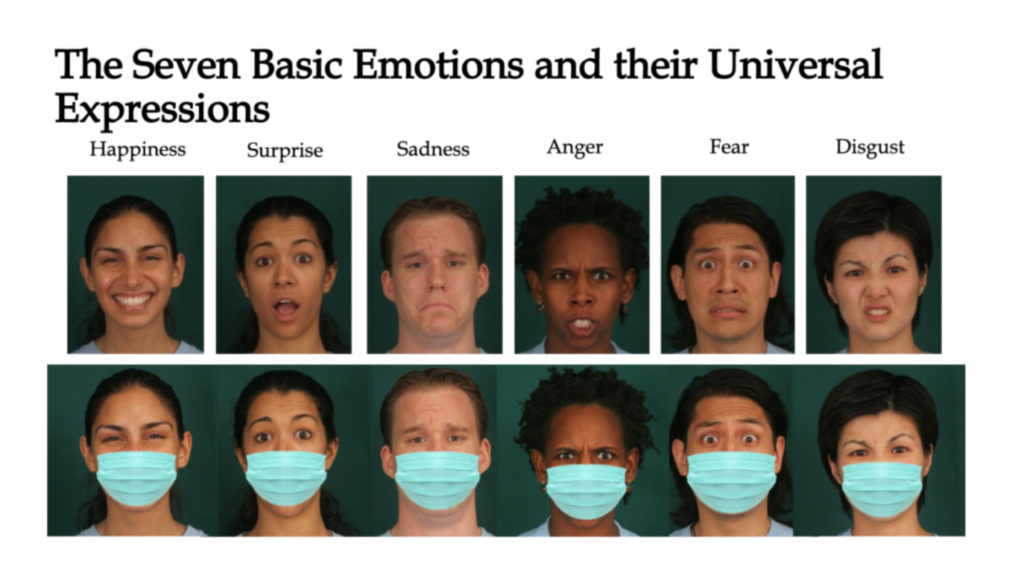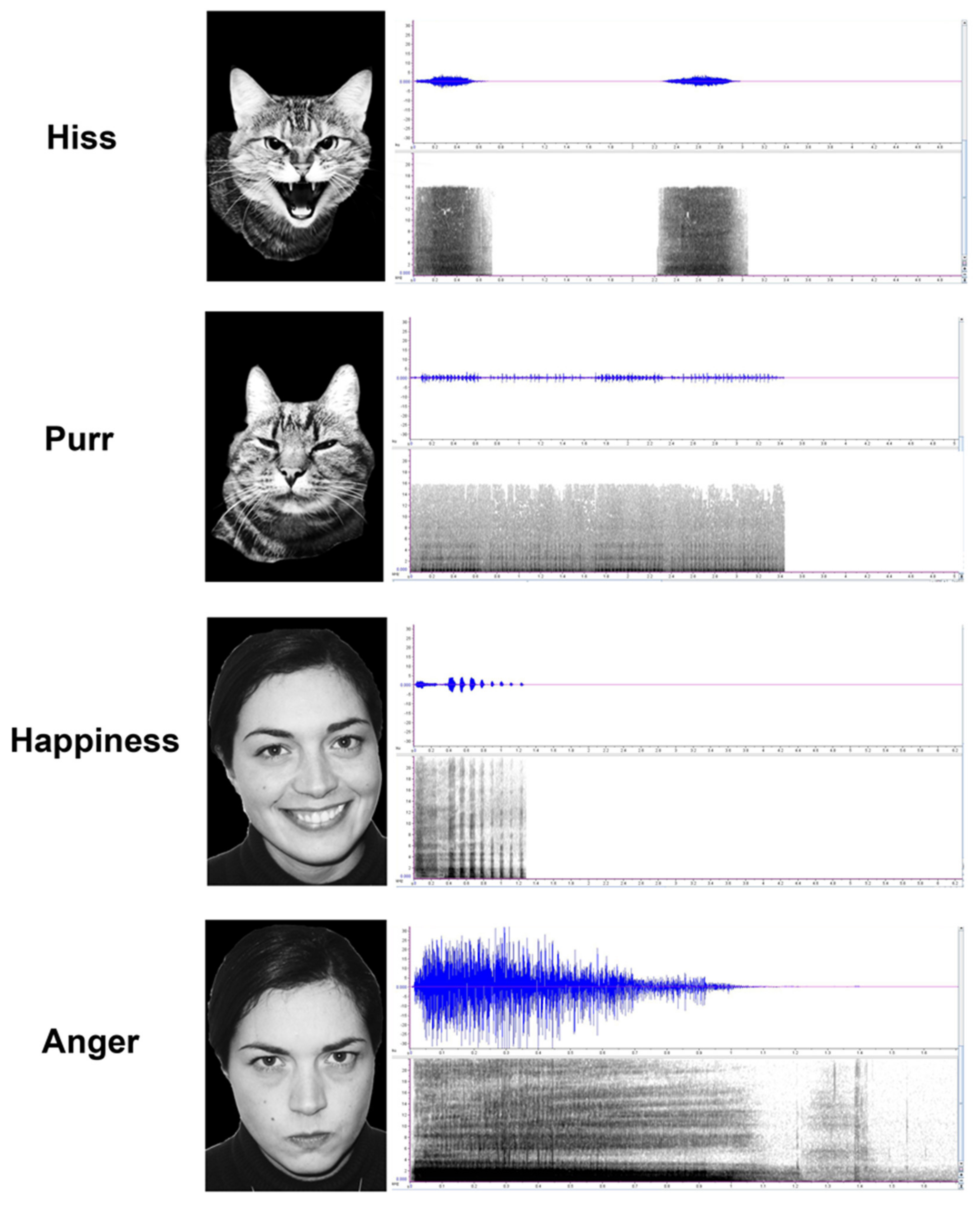 When you recognize a friend’s face, how do you know? Do you make a careful study of their nose and cheekbones? Are you thrown off if they don’t wear the usual expression?
When you recognize a friend’s face, how do you know? Do you make a careful study of their nose and cheekbones? Are you thrown off if they don’t wear the usual expression?
The vast majority of people probably scoffed at those questions. Facial recognition usually isn’t a matter of careful study, but instead it is an instantaneous process. Your brain just knows whose face you are seeing.
However, more than two years after the start of the pandemic, a new study out of York University has found that adults still have difficulty recognizing people when their face is obscured by a mask.
Many people might have assumed their ability to recognize people’s faces despite their mask would improve over time, but not according to the latest research by scientists from York and Ben-Gurion University in Israel. The research entitled Recognition of masked faces in the era of the pandemic: No improvement, despite extensive, natural exposure was published today in the journal Psychological Science.
Researchers found repeated exposure of masked faces throughout the pandemic has made zero difference in adults’ ability to recognize these half-hidden faces.
“Neither time nor experience with masked faces changed or improved the face mask effect,” says York University Assistant Professor Erez Freud of Faculty of Health, the study’s senior author. “This tells us that the adult brain doesn’t not seem to have the ability to change how it processes faces, even when presented with masked faces over an extended period of time.”
The ongoing pandemic provided an unprecedented opportunity for the researchers to examine the plasticity of the mature face processing system.
What is Facial Recognition?
 Facial recognition is a key part of understanding emotional expressions. Humans use facial recognition skills to detect deviations from normal or prototypical expressions. This process involves noticing when brows are furrowed or eyes are squinted, instantly comparing those expressions with what is expected upon seeing a face.
Facial recognition is a key part of understanding emotional expressions. Humans use facial recognition skills to detect deviations from normal or prototypical expressions. This process involves noticing when brows are furrowed or eyes are squinted, instantly comparing those expressions with what is expected upon seeing a face.
Because the recognition of a face is instantaneous, it is only a small cognitive step towards noticing when the face appears differently than expected, and this difference is then analyzed as displaying a certain emotion.
The ability to perceive emotions in this fashion appears to be a basic human feature. The same sort of basic human expressions, such as anger, revulsion, and sadness are found across the world, from Japan to Borneo to the United States. Even emotions displayed in ancient cave paintings show similar expressions!
The Study
 The researchers repeatedly tested more than 2,000 adults by show them a series of faces, upright and inverted, with and without masks. Different groups of adults were tested at six different points in time during the pandemic. In addition, the researchers tested the same group near the start of the pandemic and 12-months later. In both the cross-sectional and longitudinal studies, adults showed absolutely no increase in their ability to recognize masked faces.
The researchers repeatedly tested more than 2,000 adults by show them a series of faces, upright and inverted, with and without masks. Different groups of adults were tested at six different points in time during the pandemic. In addition, the researchers tested the same group near the start of the pandemic and 12-months later. In both the cross-sectional and longitudinal studies, adults showed absolutely no increase in their ability to recognize masked faces.
Previous research showed that adults’ facial recognition abilities decreased by about 15% when the person wore a mask using the Cambridge Face Memory Test (CFMT), which as considered as the standard to tap face recognition abilities.
Face masks also interfere with how unmasked faces are processed — which is normally made in a holistic manner, rather than by the individual parts of the face. This new study not only used the CFMT, but also the Glasgow Face Match Test, an additional measure of face perception, to determine if anything changed since the last study.
“This shows that face processing in humans, at least in adults, is rigid even after prolonged real-life exposure to partially covered faces,” says Freud.
Face sensitivity first shows up in newborns who exhibit a preference for faces or things that look similar to a face, and especially to familiar faces. In contrast to the mature face processing system, repeated exposure to faces as a child plays an important role in refining the face processing system, which continues to develop until the end of puberty.
Freud says it would be interesting to see if children’s ability to recognize masked faces changes over time with exposure, and whether the pandemic has interfered with their normal ability to recognize faces.
Read Masked Faces
Even though masks block faces, all is not lost! Use our brand new, one-of-a-kind course to regain those insights about people’s emotional states.
The post Adults Don’t Get Better at Recognizing Masked Faces first appeared on Humintell.
 Historically cats have received less research attention than their
Historically cats have received less research attention than their 
 Another study
Another study Are we confusing cues of low credibility with atypical behavior of people with mental health issues?
Are we confusing cues of low credibility with atypical behavior of people with mental health issues?
 Another indicator of trustworthiness is emotional expressions.
Another indicator of trustworthiness is emotional expressions. In another study, authors examine the effect of four cues commonly associated with lying: gaze aversion, repetitive body movements, monologues, and flat affect. These behaviors are selected because they are associated with lying and also because they often appear in people with mental health problems.
In another study, authors examine the effect of four cues commonly associated with lying: gaze aversion, repetitive body movements, monologues, and flat affect. These behaviors are selected because they are associated with lying and also because they often appear in people with mental health problems.